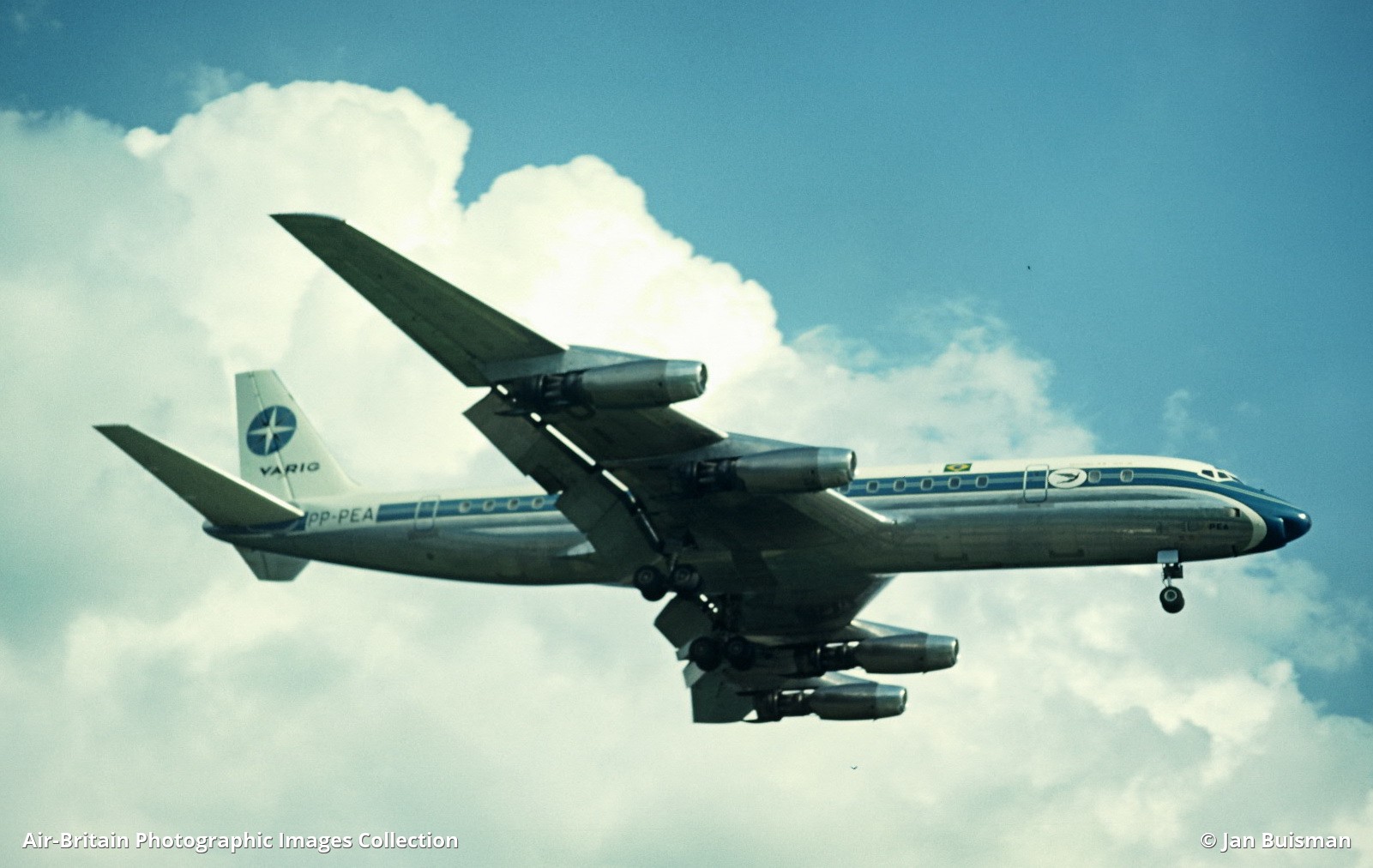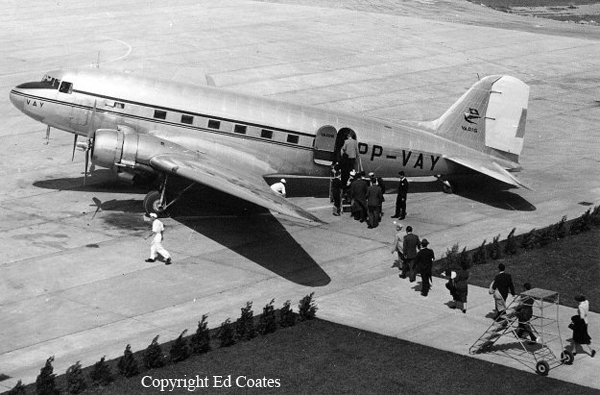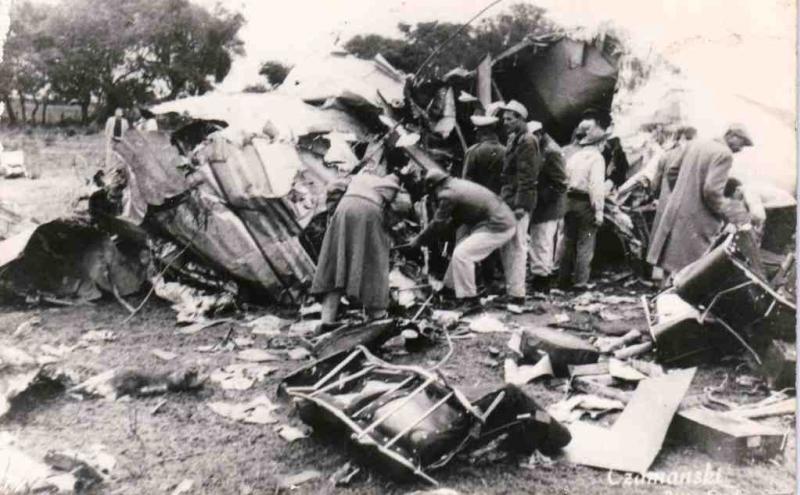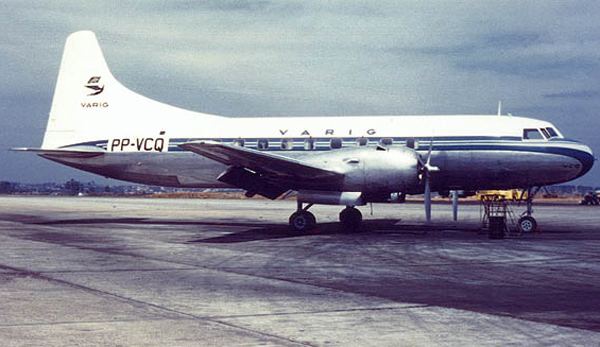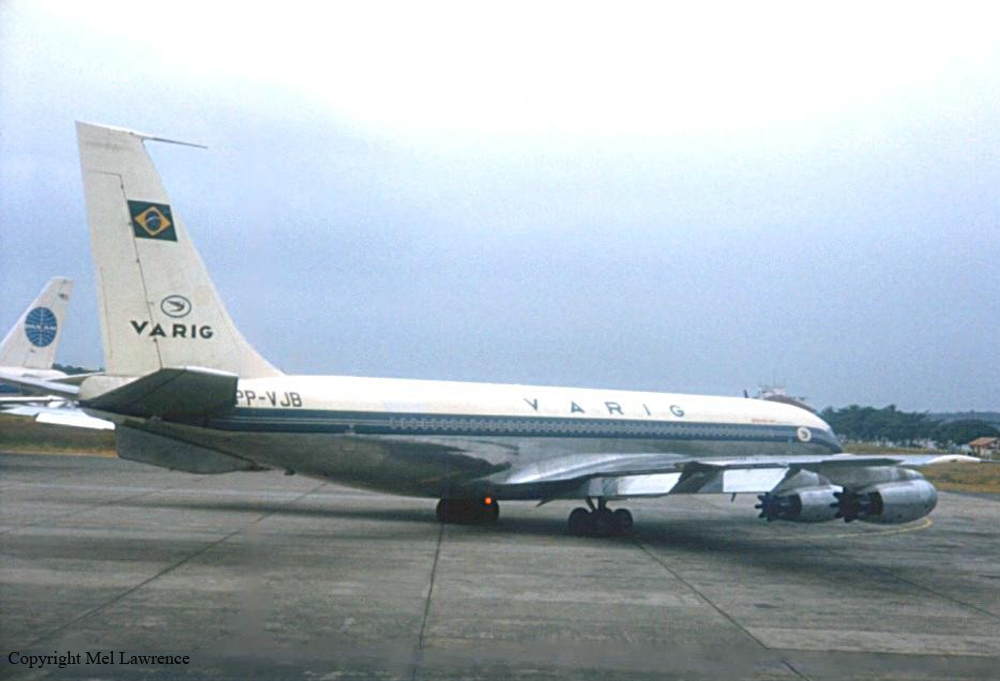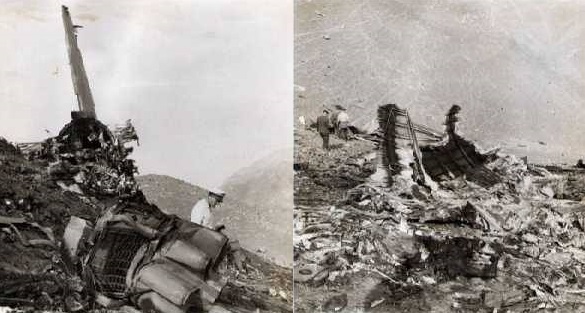Crash of a Curtiss C-46C Super Commando near Gravatá: 3 killed
Date & Time:
Jul 15, 1968
Registration:
PP-VBJ
Survivors:
No
Schedule:
São Paulo – Recife
MSN:
33481
YOM:
1945
Crew on board:
3
Crew fatalities:
Pax on board:
0
Pax fatalities:
Other fatalities:
Total fatalities:
3
Circumstances:
While on a cargo flight from São Paulo to Recife, the airplane crashed in unknown circumstances in the Coelhos Mountain Range, near Gravatá. All three crew members were killed.


